Remote Patient Monitoring


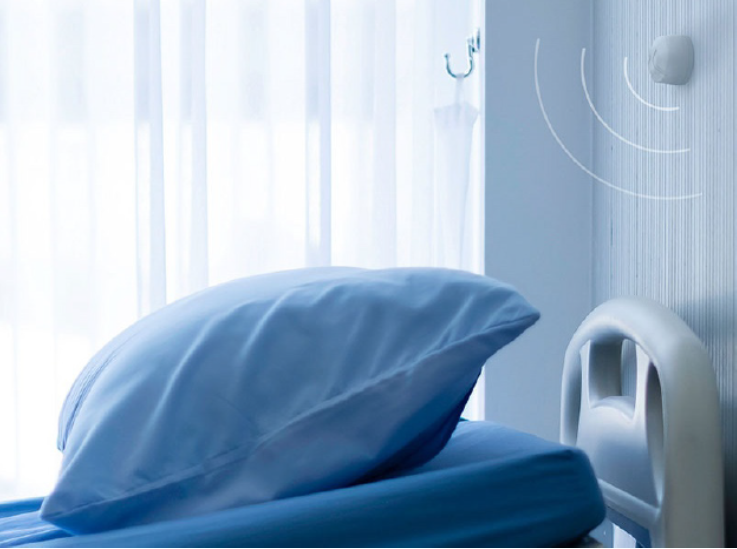

What is Remote
Patient Monitoring?

Remote patient monitoring (RPM) is a HIPAA compliant healthcare delivery method that uses technology to monitor resident vitals outside of a hospital setting. RPM technology electronically transmits health information between residents, nurses, and physicians and is often used to care for residents with acute or chronic health conditions.
.jpg?width=600&height=600&name=image-1%20(1).jpg)
.jpg)
Who Can Provide and Receive RPM Services?
RPM can be ordered and provided by physicians and other qualified healthcare professionals. Any resident may be monitored by RPM.
What Common Types of Health Data can be Collected with RPM?
Heart rate, respiratory rate, time spent in bed, restlessness,
bed exit, and falls.

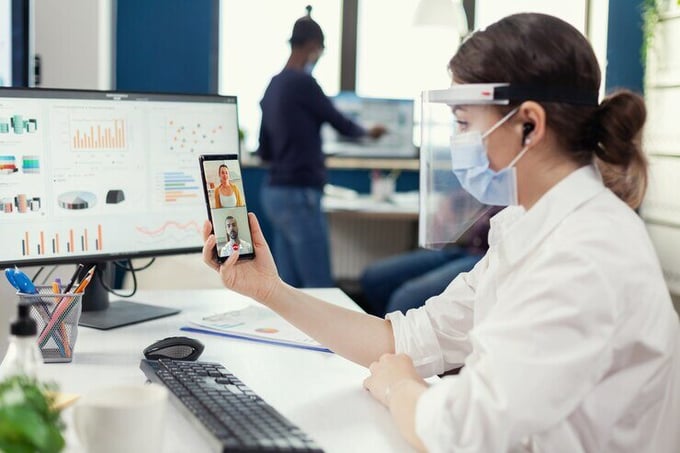
Which Disease States can be Monitored and Managed with RPM?
RPM can monitor and help you manage chronic diseases including but not limited to: hypertension, congestive heart failure (CHF), chronic obstructive pulmonary disease (COPD), diabetes and asthma.
What are Some of
the Benefits of Using RPM?
RPM provides a wide range of benefits, including:
- Reduces 911 calls which disrupts daily life for residents at the assisted/independent living community
- You can remain in the community and avoid transferring back to acute care facilities
- Lowers healthcare costs
- Increases resident involvement in their care, resulting in improved quality of life
- Reduces your exposure to communicable diseases such as COVID-19, norovirus, and influenza; with the goal of reducing community shutdowns and severe illness

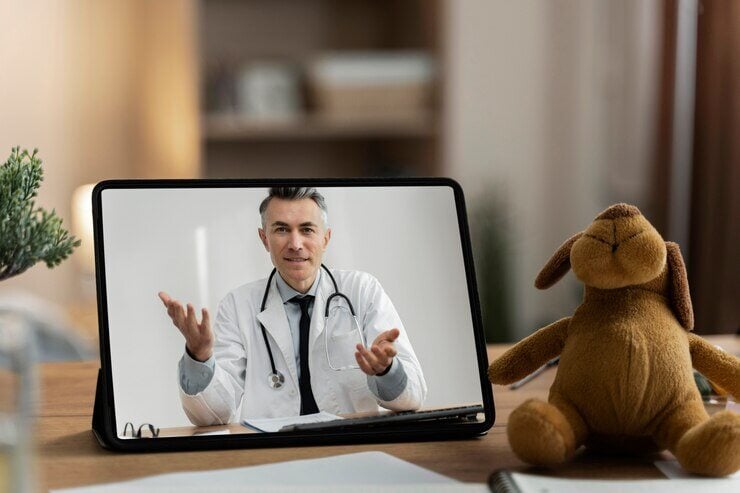
Why Should You, as a Resident, Consider RPM?
RPM allows for proactive care versus reactive care. With the help of RPM devices, a team of nurses and medical providers will monitor your vital signs remotely. Using clinical knowledge, data analysis, smart alerts, and software the team will be able to alert the you, care staff, and/or the primary care team if there is an abnormality in your measured vital signs.
What Are Some Common RPM Devices?
There are two main types of RPM devices: wearables and contactless. Wearables are the most common forms of RPM devices today.
Those that are contactless have the highest rate of compliance in community settings. The device must digitally upload resident data to qualify (cannot be self-recorded). The type of monitor designated for you will be determined by the physician, in collaboration with input from the nursing staff, and based on the resident's need.
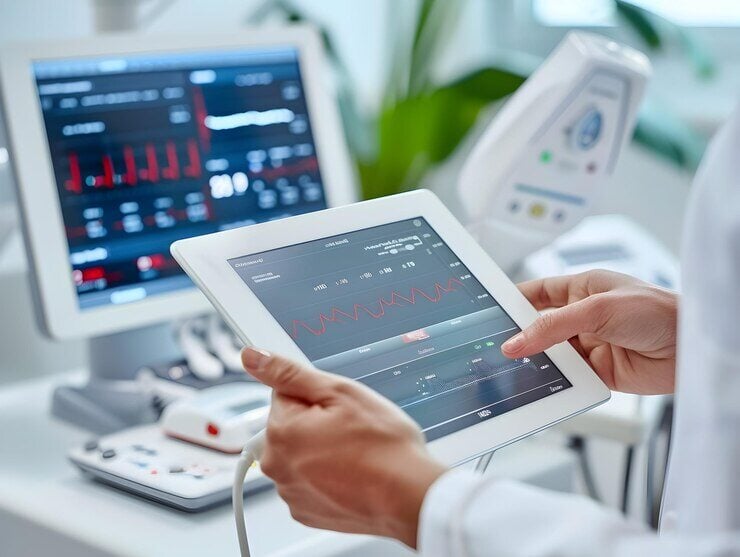
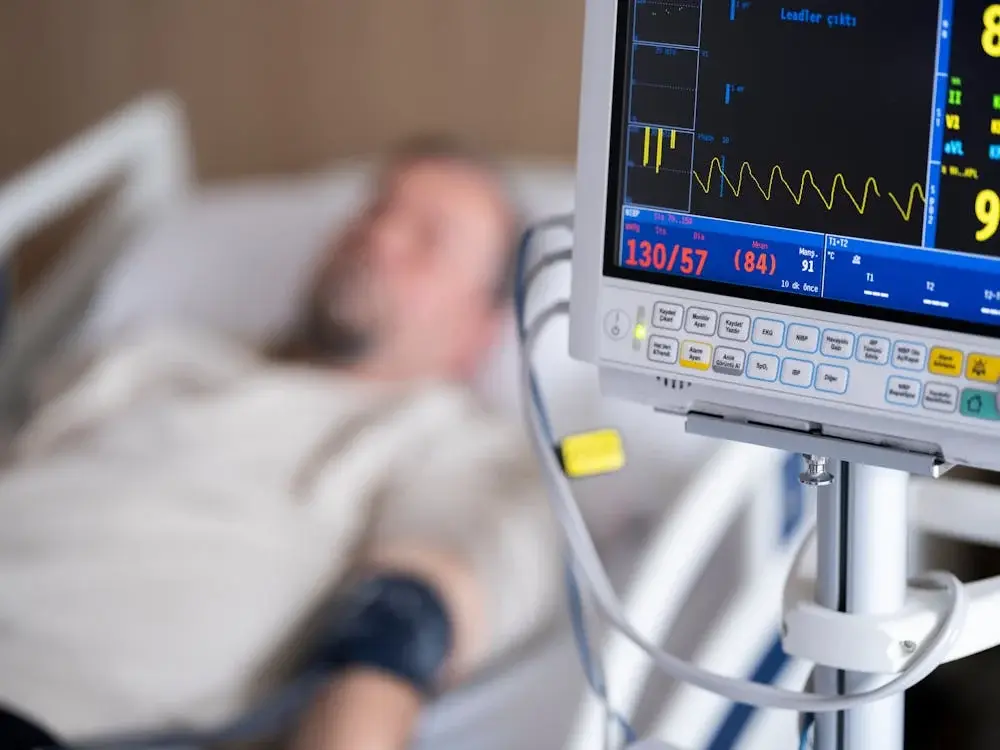
Is RPM Covered by Insurance and is there a Copay Associated with RPM Services?
The Center for Medicare and Medicaid Services (CMS) and an increasing number of private payers cover RPM as they see the value in providing excellent value-based care. For Medicare beneficiaries there is a 20% copay, however, this copay may be covered if a resident has supplemental coverage or Medicaid. Private coverage varies and may or may not require a copay for RPM services. There is no cost to the community for RPM.
Will Permission for RPM Services be Secured Prior to Enrolling?
Yes. Prior to enrolling in the RPM program, you and/or your medical decision-makers will have read and understood the program in its entirety and agree to participate.

Contact US
Remote Patient Monitoring (RPM) is a healthcare approach that enables the continuous tracking of your health data from the comfort of your home, helping you manage your acute and/or chronic conditions.

